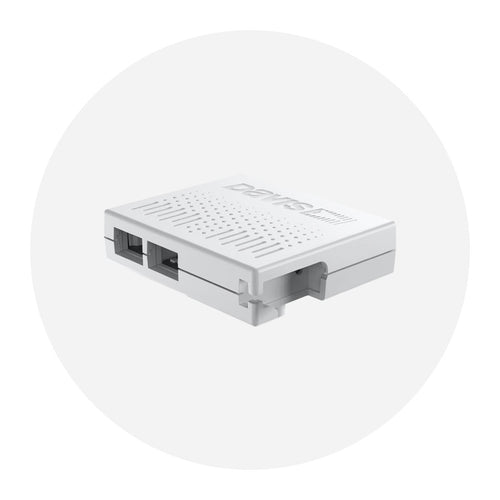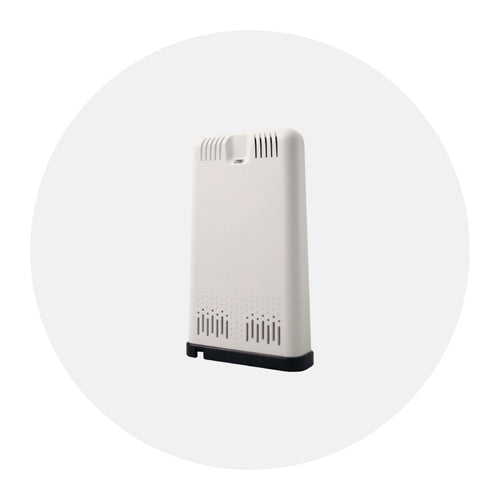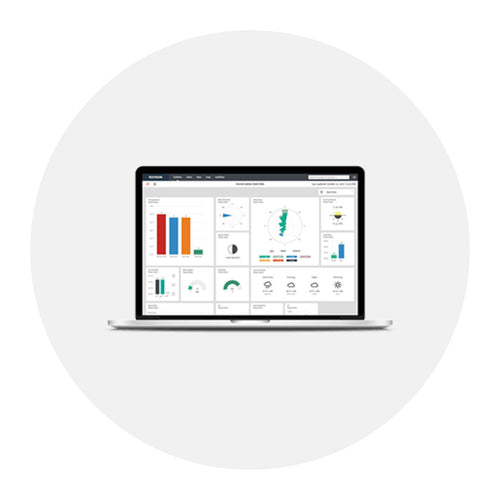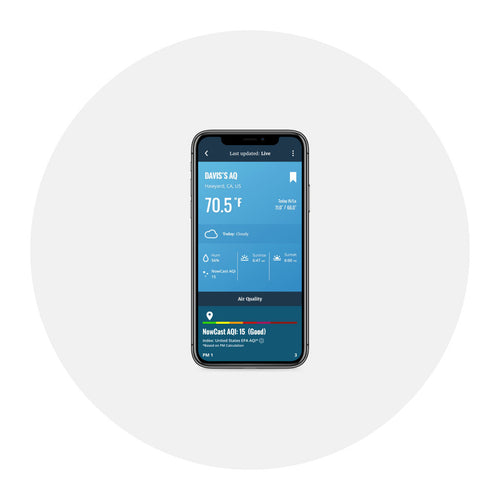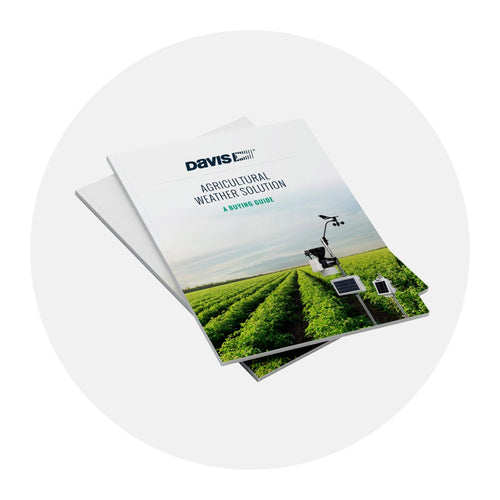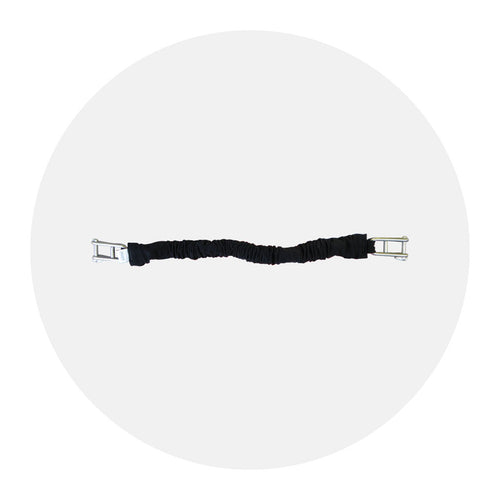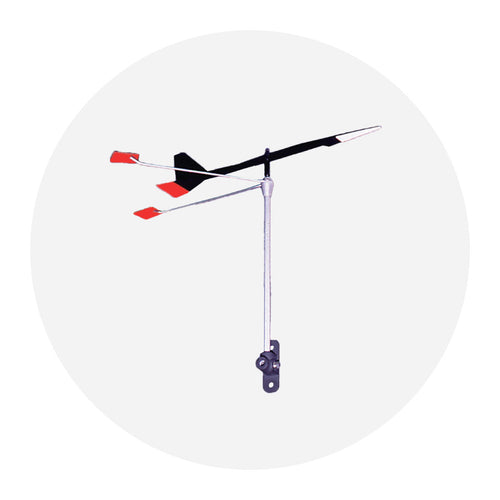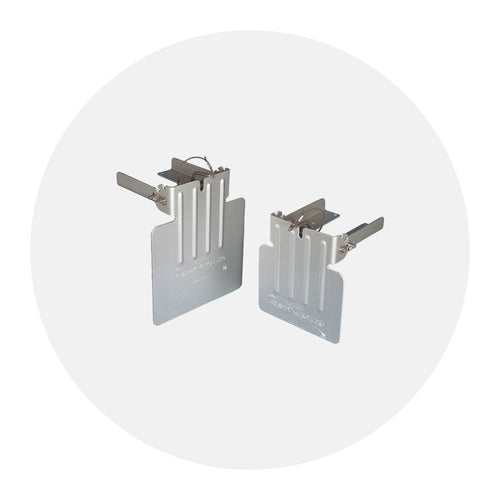What is a wind vane, and who uses one? A wind vane is an instrument that measures the direction from which the wind is blowing. They are sometimes called weathervanes and were a common sight on top of barns and churches in the past. Many were quite decorative. These days the wind vane is an essential part of a weather station. That’s why Davis Instruments’ weather stations all come with wind vanes.

What Is A Wind Vane?
A wind vane is mounted on a shaft or spire that is elevated off the ground. The wind catches the rudder blade and makes it rotate. The narrow end of the vane points into the wind and tells you the direction the wind is coming from.
Modern wind vanes are technical and highly sensitive instruments. They have high accuracy at lower wind speeds and a low threshold to begin turning. This means that you can detect even the slightest change in wind direction. Today, they are made to be durable and able to withstand stormy conditions for a sustained time.
What Does A Wind Vane Measure?
The wind vane measures the direction of the wind. Modern ones have wind cups attached as well, to measure the wind speed, too. They use the same axis and can give you a coordinated readout of both pieces of information. They also include data records and wireless transmission of the data.
When mounting a weather vane for non-agricultural use, the ideal height should be about 30 feet above the ground, if possible, over level terrain. When installing the device, the distance between the wind sensors and the nearest large object should be twice the height of the object. Otherwise, you will be measuring wind turbulence created by the object and not the ambient wind. Perfect siting is not always possible, but Davis wind vanes and wind cups will return accurate data wherever they are sited.
Data from wind vanes can be used to calculate average wind direction and fluctuations during specific periods.
Knowing the direction the wind is blowing is important for meteorologists. It provides information about storm systems and what you can expect soon. Wind direction readings can help indicate where a pressure center is located. Wind direction is important in predicting the direction of wildfire flames and smoke, or hazardous material spills. Mariners and those who operate sailboats also need to know wind direction information. The aviation industry relies on them in many ways. It is also important for those in the construction industry, especially when working on high-rise buildings that use cranes.
Davis Instruments wind vanes are included in each weather station sensor suite. Davis also has wind vanes that can be used as remote or stand-alone wind stations. All provide reliable, accurate results under challenging wind conditions.







